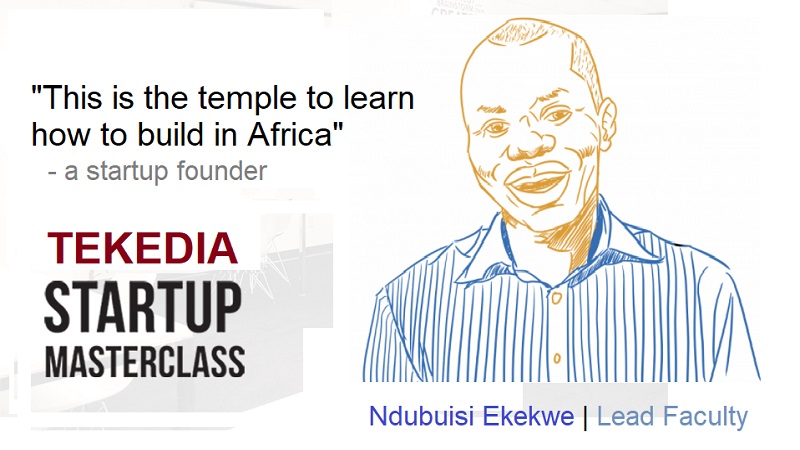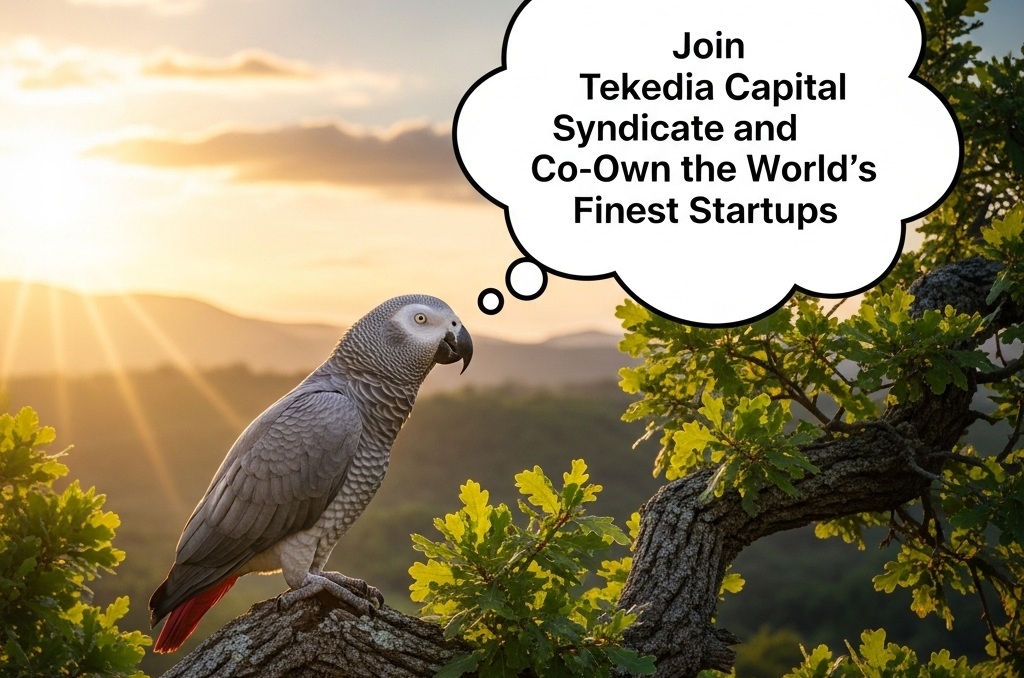
Non-fungible tokens (NFTs) have transformed the art world by making it easier to own and trade unique digital pieces. Although the NFT industry experienced a downturn in 2022, there has recently been a resurgence in demand for Open Edition NFTs.
What Are Open Edition NFTs?
Open Edition NFTs are digital assets or collectibles that can be minted in unlimited quantities, with no cap on the number of copies available. This contrasts with Limited Editions, which restrict the number of copies. Open Edition NFTs generally fall into two categories:
Timed Open Edition NFTs
Timed Open Editions NFTs can be minted repeatedly during a specific period set by the creator. Once the minting period ends, no additional copies can be created.
Register for Tekedia Mini-MBA edition 18 (Sep 15 – Dec 6, 2025) today for early bird discounts. Do annual for access to Blucera.com.
Tekedia AI in Business Masterclass opens registrations.
Join Tekedia Capital Syndicate and co-invest in great global startups.
Register for Tekedia AI Lab: From Technical Design to Deployment.
Infinite Open Edition NFTs
Infinite Open Edition NFTs can be minted endlessly without any time restriction, allowing collectors to generate as many copies as they wish.
How Do Open Edition NFTs Work?
Open Edition NFTs use blockchain technology to issue digital certificates of ownership for each collectible. All transactions and ownership records are stored on the blockchain, and creators earn a percentage from each sale of their digital assets.
What Are the Benefits of Open Edition NFTs?
Open Edition NFTs play a significant role in reshaping NFTs and advancing Web3. Here are some of their key advantages:
Cost-Effectiveness
Most Open Edition NFTs are priced below $10, making them affordable and accessible to a broader audience. This lowers the entry barrier for Web3 and also attracts new users.
Artist Control and Reach
Creators can continually add value to their collections and reach a wider audience. The affordability and unlimited availability of these NFTs reduce the risk for buyers, potentially increasing sales.
Fan Support
Collectors can support their favorite artists by minting unlimited editions, showing appreciation, and backing the creators they admire.
Brand Promotion
High sales volumes can increase creators’ visibility and reputation, helping them gain global recognition over time.
Flexibility
Open Edition NFTs are easier to create than Limited Editions because they require less programming. Platforms like Zora and Manifold simplify the process for creators.
How Did Open Edition NFTs Become Popular?
The rise of Open Edition NFTs began in 2022, largely driven by infrastructure-minting platforms like Manifold and Zora, which attracted many artists at the time. In January 2023, several Open Editions achieved notable sales. For instance, the Checks VV NFTs generated significant revenue, with 19 ETH (approximately $29.87) recorded in secondary sales.
The emergence of derivative projects has also contributed to the boost in NFT sales. For example, Vincent VanDough’s Pepe meme collection, which featured Checks VV NFTs, sold 238,000 copies at $6.90 each. This resulted in $1.6 million in revenue and a substantial increase in NFT trading volume in 2023.
What Is the Future of Open Edition NFTs?
Open Edition NFTs are growing in popularity and may witness price surges. However, as the NFT industry grows, they may become just another market trend, similar to Zero-Utility NFTs or unconventional art collections. Trends in the NFT space are often speculative, which means their popularity might wane over time.
Final Thoughts
Open Edition NFTs have gained traction since their introduction in 2022. Given the speculative nature of the market, their success may fluctuate. So, always ensure to conduct thorough research (DYOR) before investing in any NFT collection.



